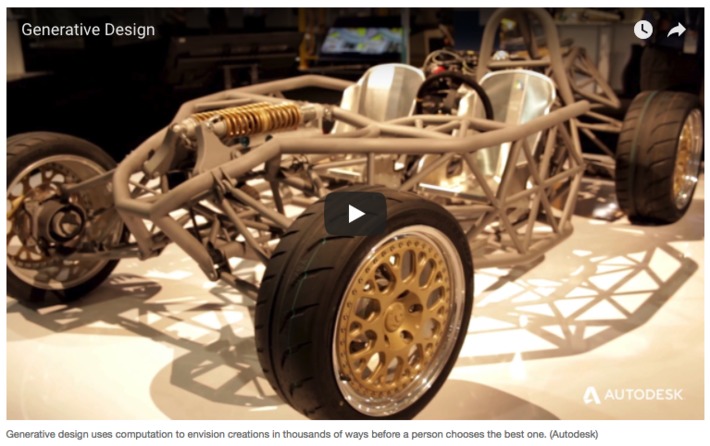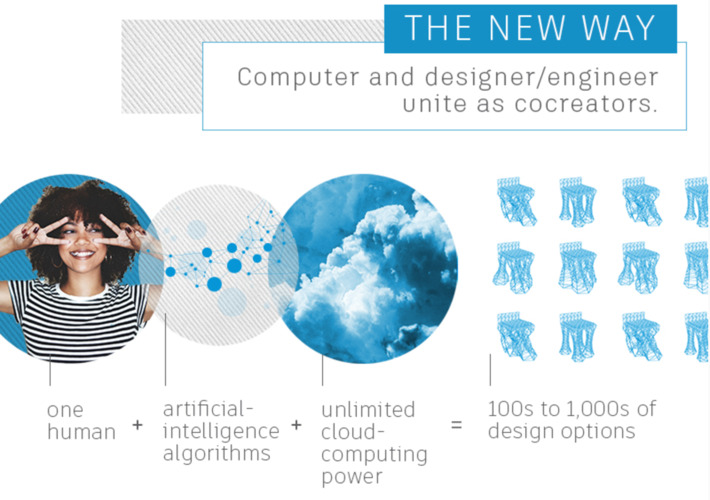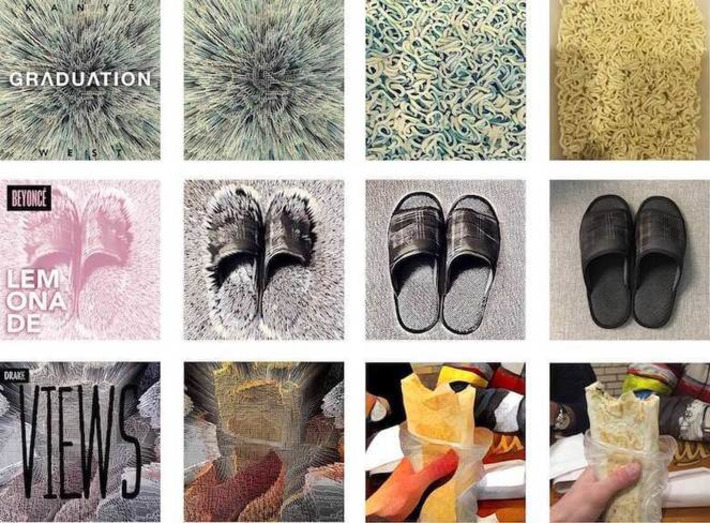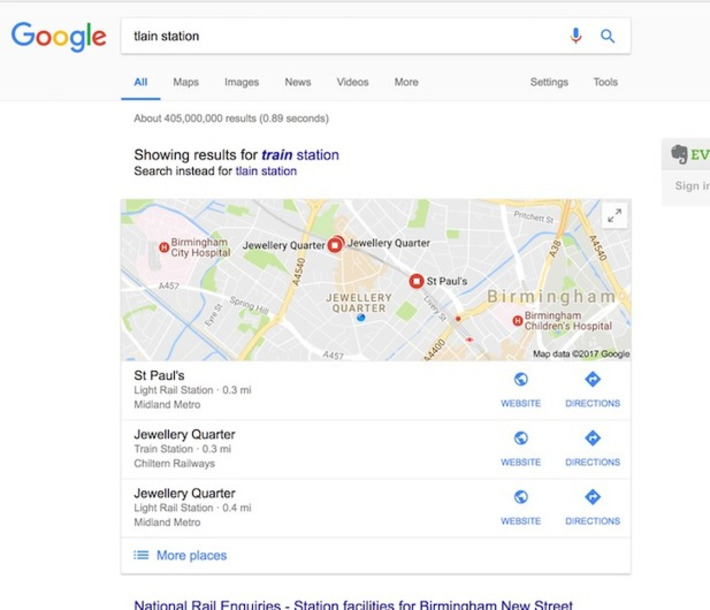Blade Runner 2049 misses modern strides in artificial intelligence, which is now capable of performing creative work alongside humans. The newly-emerging field known as “generative design” seeks to incorporate the computer more actively into the design process. In these kinds of computer applications, the designer uploads a “seed geometry” — akin to a keyframe reference drawing an animator might use — and then sets a series of requirements ranging from the aesthetic to the functional. The software then searches through a series of procedurally-generated designs based on the seed geometry and surfaces those that meet the requirements. The designer can select one of these “solutions” for production or to function as the next seed geometry and the process begins again.
Research and publish the best content.
Get Started for FREE
Sign up with Facebook Sign up with X
I don't have a Facebook or a X account
Already have an account: Login
Get weekly or monthly digest of all posts in your inbox: https://fmcs.digital/wim-subscribe
Curated by
Farid Mheir
 Your new post is loading... Your new post is loading...
|

Curated by Farid Mheir
Get every post weekly in your inbox by registering here: http://fmcs.digital/newsletter-signup/
|


















WHY IT MATTERS: the article explains how generative design work and will transform the creative process in the near future. It manages quite well to show how it is difficult to forecast the future and that movies - the example they use is blade runner - fails to see important new transformative technologies.
I wrote about generative design tools and solutions in the past here http://sco.lt/8ookan